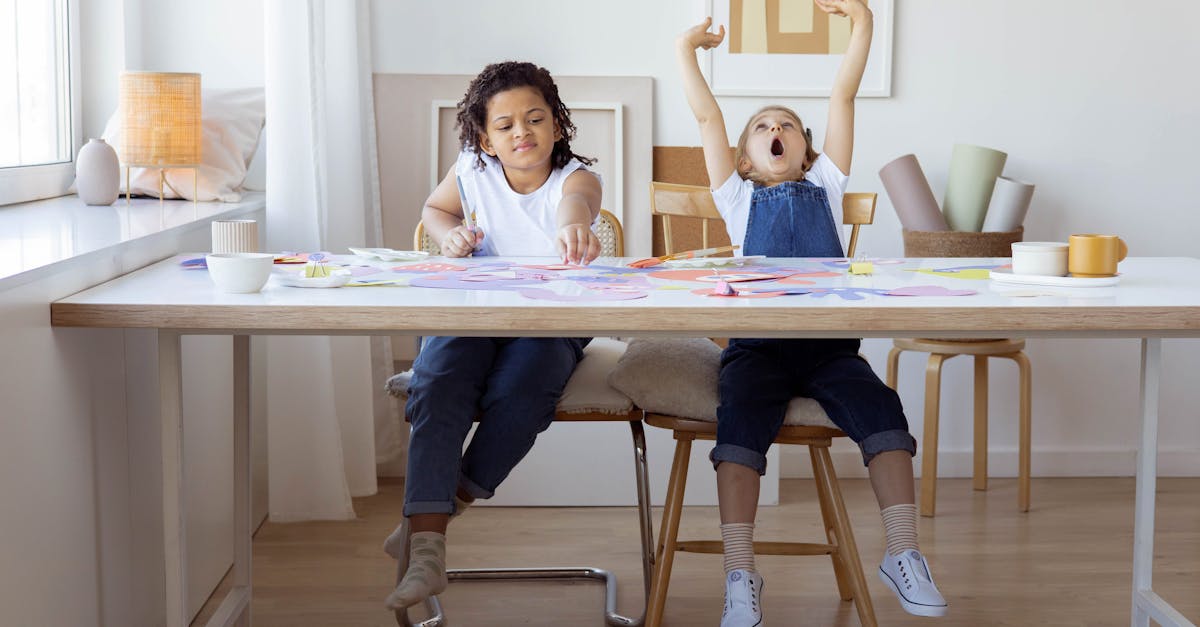Understanding the Need for Screen Time
In today’s digital age, it’s tough to keep toddlers away from screens. They see us adults glued to our devices and naturally want in on the action. But how much screen time is too much? Balancing screen time is crucial for their development. Studies suggest that excessive screen time can lead to attention issues. So, where do we draw the line? A reasonable starting point could be no more than an hour a day for kids aged 2 to 5. Remember, quality matters more than quantity here.

Setting Reasonable Limits
Once you’ve decided on screen time limits, stick with them. Consistency helps toddlers understand boundaries better. Consider creating a schedule that includes fixed times for screen activities. For instance, allowing screen time only after nap time or before dinner can create a predictable environment. Using a timer can also help signal the end of screen time. Yes, it may lead to some protests initially, but with patience, your child will adapt. Communication is key; explain why these limits exist in simple terms.

Implementing boundaries can be challenging but is crucial for your child’s well-being.
Educational Content Options
If you’re allowing screen time, ensure it’s educational. There are numerous apps and shows designed for toddlers that can promote learning. Opt for content that encourages interaction and problem-solving skills. Programs like “Sesame Street” or apps like “Endless Alphabet” are excellent choices. Always preview content before letting your child watch it. This doesn’t just ensure appropriateness but can also make watching together an interactive experience.

Mixing Screen Time with Active Play
A balance between screen time and physical activity is essential. Encourage your toddler to take breaks and engage in active play. Playing outside, building blocks, or even simple indoor exercises can promote a healthier lifestyle.
You can turn activities into a fun game. For example, have a dance-off after a cartoon episode. It’s important that kids understand that screens are just one of many ways to have fun. The goal is to diversify their daily activities while enjoying technology in moderation.

Remember, a healthy balance between screen time and active play is key to a well-rounded lifestyle for your child.
Handling Screen Time Tantrums
It’s common for toddlers to throw tantrums when screen time ends. Dealing with these tantrums requires patience and a calm demeanor. Explain the screen time rules firmly but kindly. You could say, ‘I know you love this show, but it’s time to play with your toys now.‘ Offering alternatives like a favorite toy or a fun activity can distract them from the screen. Remember, consistency is crucial. Over time, children will understand these boundaries and adjust.

Leading by Example
Children imitate adults, so your screen habits matter. If your toddler sees you constantly on your phone, they’ll want to do the same. Set a good example by minimizing your own screen time, especially during family activities. Engage in screen-free activities, such as reading a book or cooking together. Screen-free zones can also be established in areas where the family spends most of the time together, like the dining room.

Encouraging Other Activities
Aside from screen time, toddlers need various activities to stimulate their minds and bodies. Encourage hobbies such as drawing, puzzles, or storytime. These activities can help in developing cognitive and motor skills. You can also plan family activities that involve creativity, like crafting or simple science experiments. Providing a variety of options ensures that your child views screen time as just one part of their day. Make exploring alternative activities a fun and integral part of their routine.

